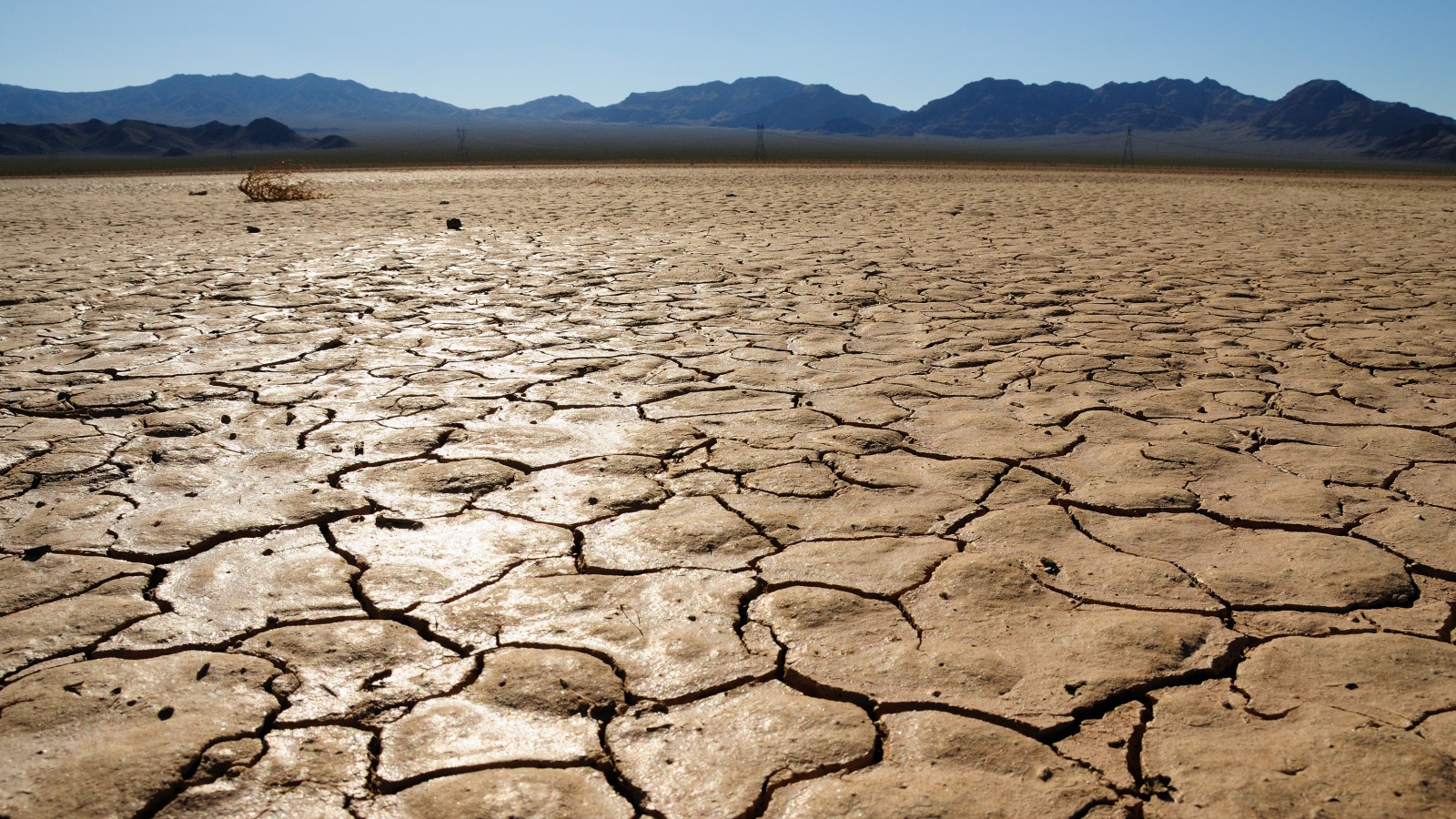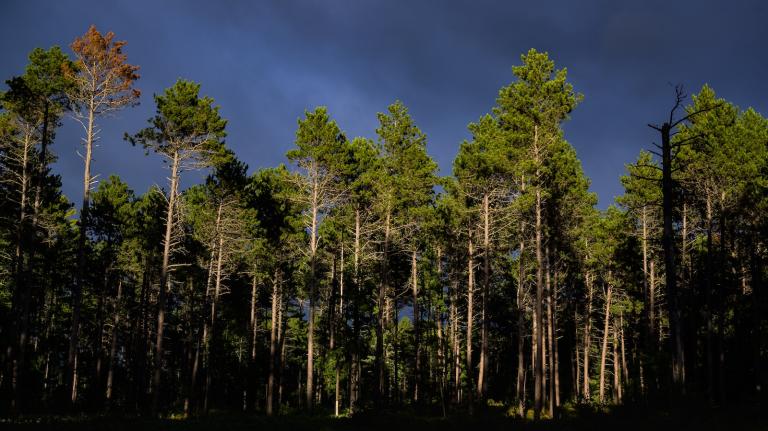California is sinking.
New data released by NASA reveals that parts of the the Central Valley are sinking faster than previously expected — over two inches a month in some places. Corcoran, home of the California State Prison (and Charles Manson), sank 13 inches in just eight months. The cause, according to officials, is the rapid pumping of groundwater in response to the drought plaguing the state.
From the Associated Press:
“We are pumping at historic levels,” said Mark Cowin, head of the California Department of Water Resources. He added that groundwater levels are dropping to record levels — up to 100 feet lower than previously recorded.
Scientists at NASA’s Jet Propulsion Laboratory did the research using images taken over time from satellites and airplanes.
California is the nation’s leading agriculture state, but drought has put one-fifth more land out of production this year than last year.
Gov. Jerry Brown signed historic legislation last year that requires monitoring of groundwater pumping. However, local officials have until 2020 and in some cases until 2022 to write their management plans, so it could take another decade or two before California has a handle on groundwater use, Cowin said.
Sounds like a good plan.
Another new study says the drought (have you heard about the drought??) is being exacerbated by none other than — you guessed it — climate change. Scientists are often hesitant to link particular weather events to climate change, but the study, by the Earth Institute at Columbia University, says global warming has increased the impact of the drought by up to 25 percent. So, climate change is making the California drought worse, which is making farmers pump out all the water out of the ground, which is making the land sink. S
Natural weather patterns that push away atmospheric moisture that carries rain is normal for the state. But warming adds to the resulting dryness and heat. A small amount of moisture stored in plants and the soil evaporates into the drier atmosphere.
“A lot of people think that the amount of rain that falls out the sky is the only thing that matters,” said Park Williams, a bio-climatologist at Columbia University’s Lamont-Doherty Earth Observatory who was the study’s lead author. “But warming changes the baseline amount of water that’s available to us, because it sends water back into the sky.”
There is hope that El Nino will bring some relief to the arid region this fall, but many scientists now predict that California and the Southwest will enter a period of “mega drought” in the next 35 years. Not sure what that would make this drought. A minor drought? Tell that to Corcoran.



